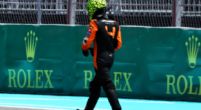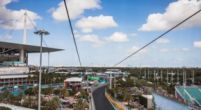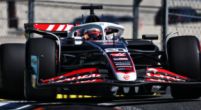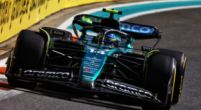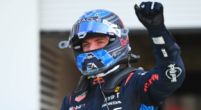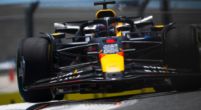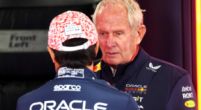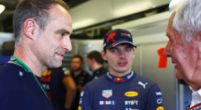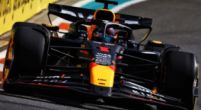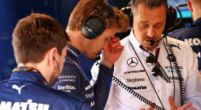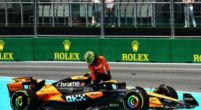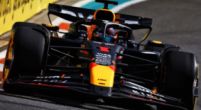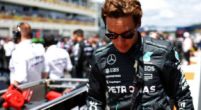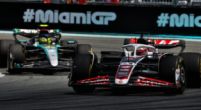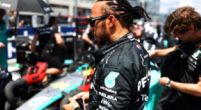Tech
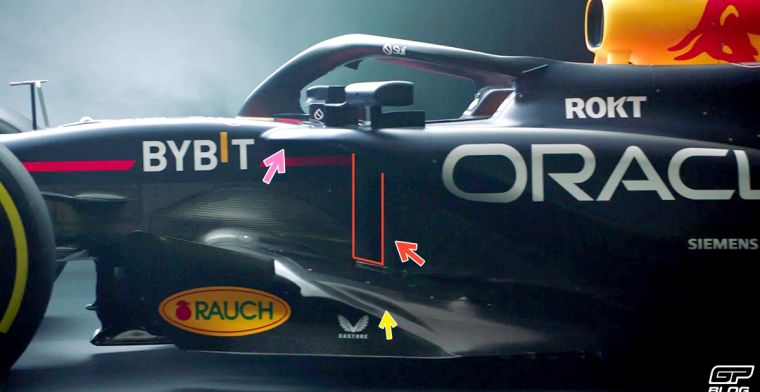
Technical Analysis: Red Bull to strike 'knockout blow' with Mercedes' ideas
After being spotted a few days ago during the shakedown at Silverstone, the RB20 has finally been shown to the world in Milton Keynes. The new car seems more aggressive than ever, taking inspiration from some Mercedes’ ideas from 2022 and 2023, which have not only been replicated but taken to the extreme. However, it is still reported that a major upgrade package will be brought to Bahrain, so is the one seen today the real RB20?
Like a salesman might say: you've seen the rest, now come and try the best. Red Bull were last in the queue for the car launch presentations. Adrian Newey's smile perhaps said everything about his challenger for the 2024 Formula 1 season. Whereas (more or less) every team have taken inspiration from the RB19, Red Bull moved away from it and went for an aggressive change. In fact, some of their new parts resemble Mercedes' original ideas when the rules and regulations arrived in 2022. Wouldn't that be a knockout punch if the RB20 can make those work?
From a technical point of view, the Red Bull team only needed to improve one little aspect of the RB20: its drivability in all the slow-speed corners and on bumpy circuits, where the car had to be raised with a consequent loss of downforce.
Even though the things they had to change seemed very few, the technical department, directed by Newey and Pierre Wachè, completely turned the car upside down, taking some ideas from other teams (especially Mercedes) and adapting them to their car philosophy. Will this translate into a big advantage over the competitors? Only the stopwatch will tell, but in the meantime, let’s look at what they changed on this new car.
Big changes to the cooling inlet
In the frontal picture, it’s possible to appreciate the changes made to the nose of the car, in contrast with the previous version, where the nose attached directly to the second flap (the same choice Mercedes, Ferrari and Aston Martin have made in 2024), Red Bull decided to connect their nose to the main plane (green arrow). It now has an entirely new trend, as it maintains a very wide shape up to the connection with the main plane, unlike the previous version, which gradually became narrower. This design could be not only for aerodynamic reasons but also structural, as it could help strengthen the frontal section of the car and make the RB20 successfully pass all the crash tests done by the FIA.
This picture also shows two other important changes made to the car: the first concerns the high section of the engine cover (orange arrows), and the other concerns the rear suspension (blue arrows). Starting with the high section of the engine cover, the RB20 now shows a solution already adopted last year by the Mercedes W14. The engine cover gulleys are very bulky, with a curvilinear shape which extends downwards in its final section. This design helps to expel the hot air directly onto the beam wing, improving the heat exchange efficiency. They have a very deep excavation in the internal part to convey all the air around the halo towards the beam wing and the lower part of the wing, generating more downforce from the car’s body.
At the rear suspension, the push-rod system has been maintained. But the position of the tie rods has slightly changed: the push-rod tie is almost horizontal (as seen on the Mercedes new rear suspension) for aerodynamic reasons, as it allows to free up more space just above the rear diffuser, increasing the amount of air directed to the rear end of the car. Moreover, the front arm of the lower triangle is anchored very far forward, more than what was seen on the RB19. This is for aerodynamic and mechanical reasons, as it could help manage the load shifts and keep the platform as stiff and stable as possible, both in the straights and fast corners.

However, the real revolution lies in the central area of the car. The second picture perfectly shows where the technical team turned some brilliant ideas into innovative solutions. The cooling inlet is no longer horizontal, as seen on the RB19 (and all the other cars), but is now vertical, following the philosophy Mercedes started in 2022. Newey previously admitted to checking these out.
This new design changed the disposition of the cooling inlet, with massive benefits regarding the shape of the side pod itself. Now, it presents a single "tray," which is a part of the sidepod itself and is connected to the chassis at the point of maximum possible height. This creates a big undercut and conveys a huge air mass towards the rear (pink arrow). This solution allows Red Bull to dig the sidepod in its lowest section even more to create a “double floor”, which directly feeds the rear diffuser and beam wing, increasing the amount of downforce generated by the car's body.
The floor seems to have been slightly changed as it shows an eye-catching step close to the floor edge wing (yellow line). This solution should help push the wake turbulence coming from the front tyres to the floor edge and then take it away.

Last but not least, the lateral view shows off the actual curves of the car's body: the arrow and the yellow line give us an idea of how much the lower part of the side pod has been dug precisely to create a vast undercut. On the other hand, the line and the purple arrow show how complex the "bazookas" (the two bulky gulleys behind the halo) actually are. The latter, in fact, have a highly worked shape, with a rectilinear trend for their entire length before "dropping" towards the beam wing.

As Pierre Waché wisely said after the launch, the team focused on the RB19 weaknesses, trying to compensate for them and to improve the general car performance during the winter: "We try to identify where we can build performance on the car. We try to also understand where the weakness is for the driver. Evolve the car around this type of thinking and understanding. After all, it's just an evolution of what we did in the previous year."
On the other side, technical director Adrian Newey was more worried about the step that other teams could have taken during the winter, saying that maybe the evolution (even if it does look extreme) of the RB20 may not be enough: “Is that enough? Who knows? That's the thing about Formula One. We know roughly what we've done from the shakedown at Silverstone. It seems to have, from what we can tell, behaved as we expected it to. But that's no guarantee of anything. It could be that some other team have made a bigger jump than us. We shall have to see."
These words, together with the rumour that Red Bull could have only shown their car's “launch version” and that the real RB20 will be shown off only during Bahrain testing, will make all the opponents nervous until Wednesday.
In conclusion, however, nothing is set in stone because, as Mercedes taught us in 2022, extreme philosophies, even if they can guarantee an important advantage on paper, do not always prove so impressive on the track. So the only thing we can do is wait until the Bahrain tests to see whether the car presented today will be the real RB20 and whether it will be as fast as everyone claims.


